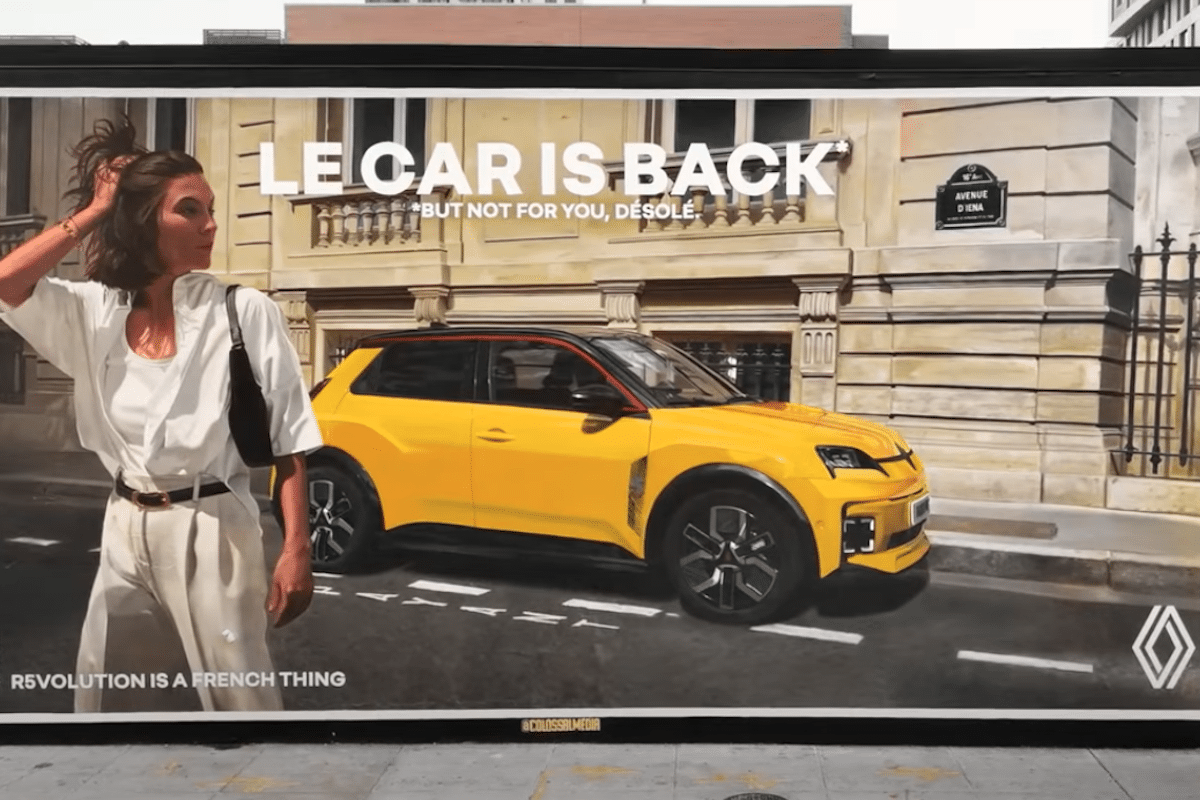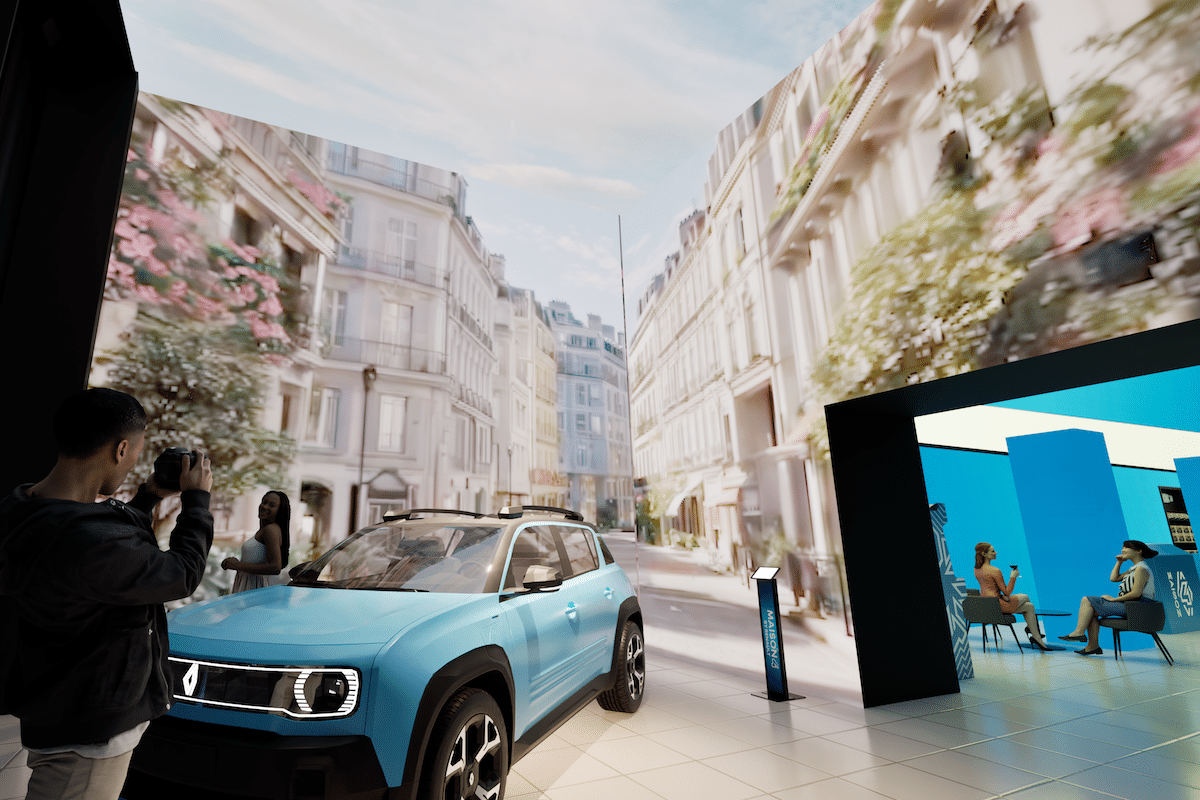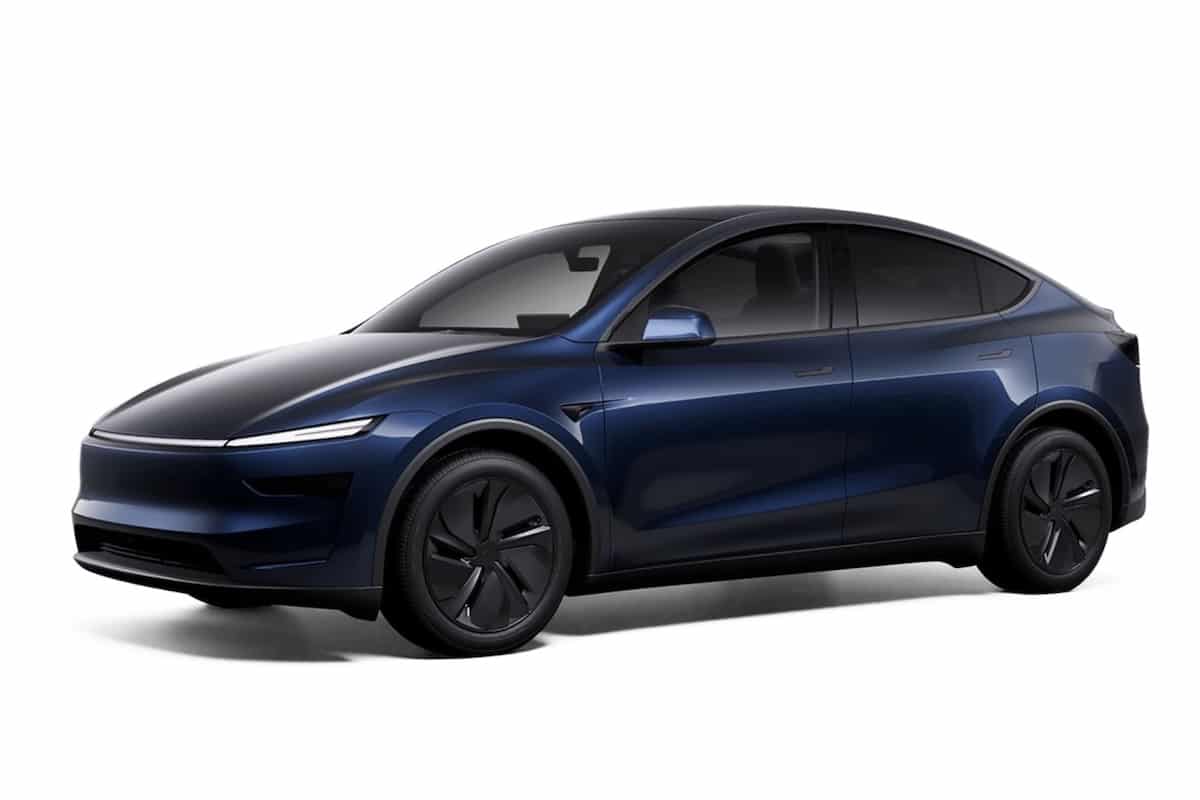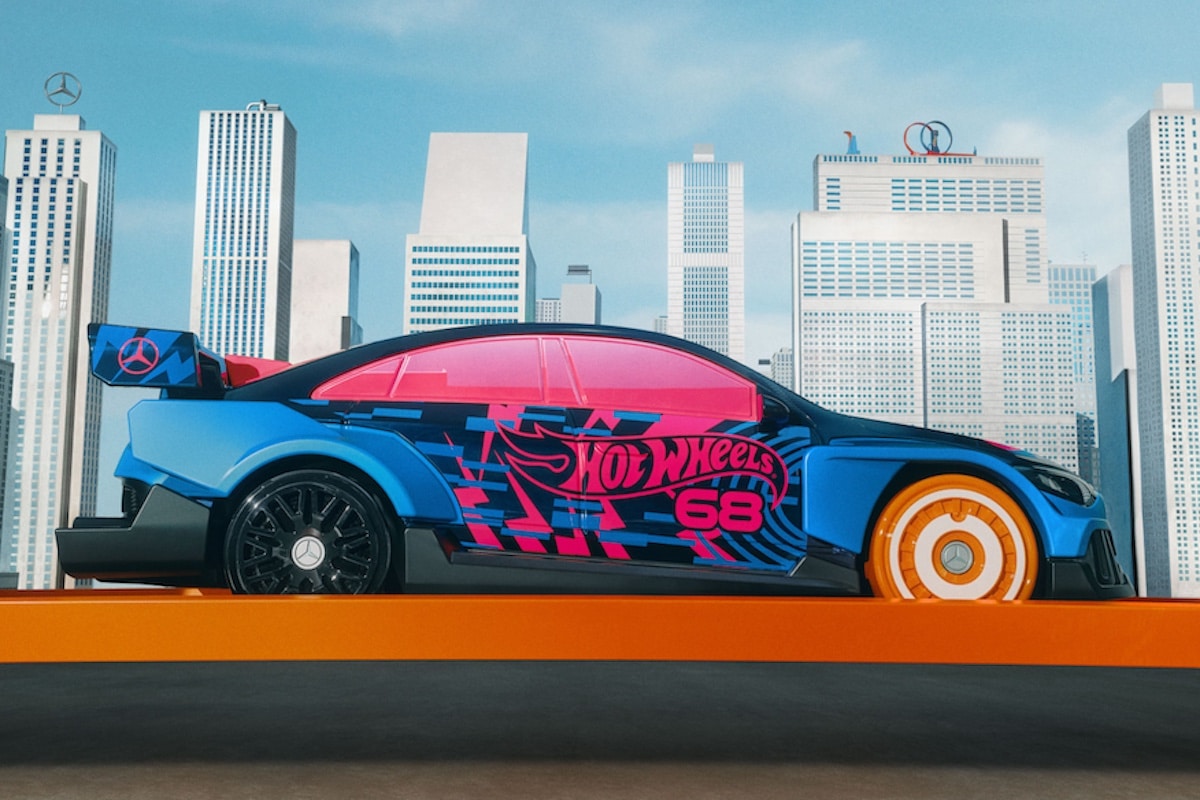What if the Renault 5 gasoline version fails commercially?
This page is translated from the original post "En cas d’échec commercial, la Renault 5 déclinée en essence ?" in French.

Like Fiat which is urgently developing a combustion version of its 500e, Renault has planned the same scenario for its electric R5?
The technical and industrial compatibility of the new Renault 5 for conversion into a thermal version is a relevant question as the electric market stumbles in Europe. But the reality is likely to crash against the wall of practical constraints related to design, platforms, and industrial processes.
The Renault 5 Electric is built on the CMF-B EV platform, specifically designed for electric vehicles. This platform optimizes the integration of batteries into the floor and the placement of electric motors to lower the center of gravity and maximize interior space.
- Key issue: Internal combustion vehicles require an engine compartment, a fuel tank, a exhaust line, and a structure adapted to these components. Integrating these parts onto an EV platform would require major modifications, or even a complete redesign, which would be economically unviable. Not to mention the impact on weight distribution and thus on driving behavior and passive and active safety in case of an accident. Mechanical parts are designed not to intrude into the passenger compartment up to 60 km/h. What about integrating a combustion engine and all its peripherals?
Optimized industrial production for electric vehicles
The production of electric models relies on specific processes adapted to their architecture (battery assembly, high-voltage wiring). A transition to a combustion version would require:
- A redesign of assembly lines: adding stations to install combustion engines, tanks, and exhaust systems.
- New tooling and additional investments to adapt manufacturing processes.
These changes would involve significant industrial costs, which contradicts the economies of scale strategies of manufacturers. Sure, Fiat is trying with its 500e, but what is the relevance once you have the car in hand?
Unlike some modular platforms that allow the coexistence of thermal and electric versions (such as Volkswagen’s MQB), Renault’s CMF-B EV is not designed for thermal modularity.
- To guarantee competitiveness and cost reduction, Renault has designed this platform solely for electric vehicles, which limits flexibility. It will be shared with other models, but also with other brands of the group, such as the upcoming Nissan Micra electric in early 2025 in Europe.
Regulations and the future of combustion
Even if a conversion were technically feasible, the required industrial investments would be hard to justify, given the trend toward the gradual disappearance of combustion vehicles in Europe (new sales ban scheduled for 2035). Renault would likely focus more on improving electric technologies or developing hybrids, rather than reverting to a technology in decline.
From a technical and industrial standpoint, converting the Renault 5 Electric into a combustion version would require a complete redesign of the platform, industrial processes, and massive investments. Such an approach would neither be rational nor economically viable, especially as the automotive industry moves toward total electrification.
ALSO READ: The Volkswagen ID.4 at a fair price of €36,000 to challenge Tesla?
We also suggestthese articles:
Also read



